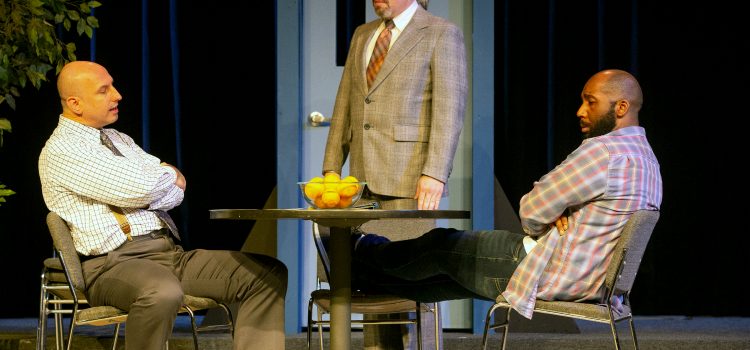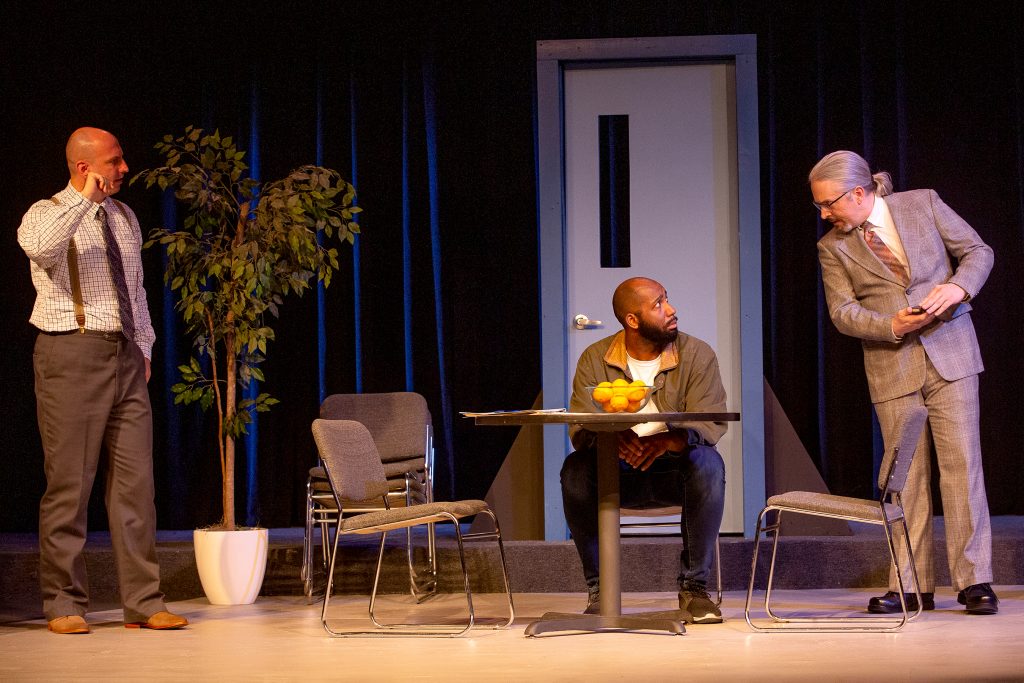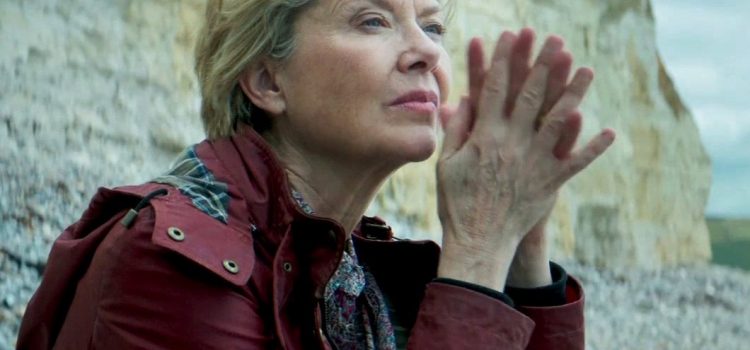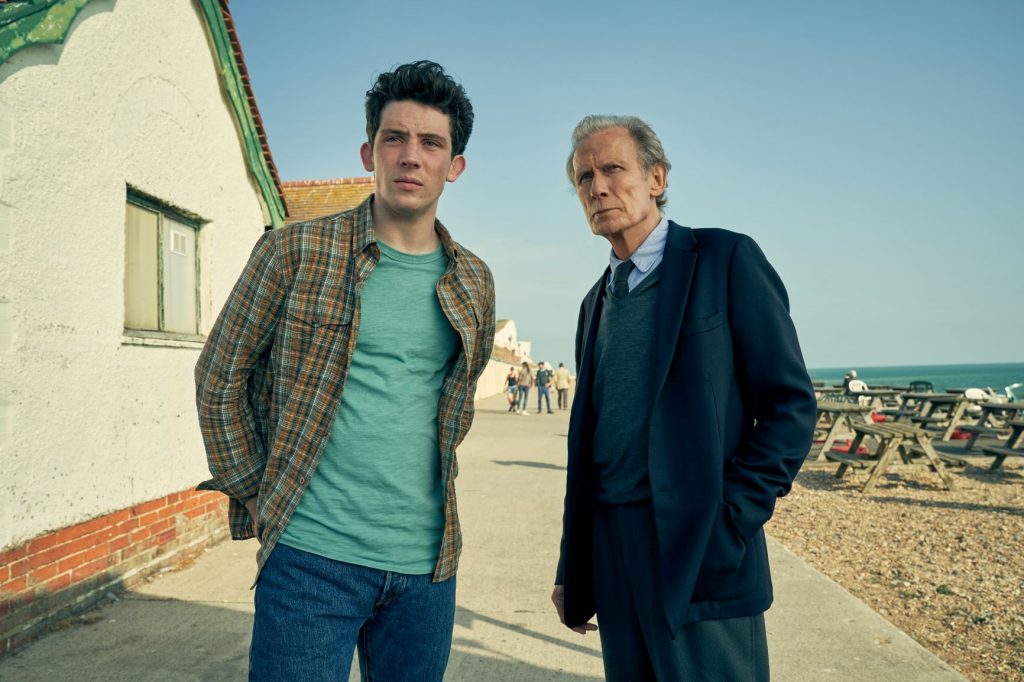By Lynn Venhaus
Charming and delightful, “That Christmas” is an animated comedy that will give you the warm-and -fuzzies without the too-sweet and unrealistic situations that derail many of these holiday-themed movies.
And that’s because of the pedigree involved. Based on a trio of children’s books written by Richard Curtis and illustrated by Rebecca Cobb, his screenplay is not your typical fluff but features relatable characters and believable human interactions – and his trademark wit. (The other books are “Snow Day” and “The Empty Stocking.”)
Rom-com legend Curtis is known for writing “Four Weddings and a Funeral,” “Love Actually,” “Notting Hill” and “Yesterday.” Along with co-screenwriter Peter Souter, they tickle the funny bone through his imperfect adult characters and an endearing cast of quirky children. (And for Curtis fans, several in-jokes about his other films are clever references).
Now streaming on Netflix, the story centers on an unforgettable Christmas for the townsfolk of Wellington-on-Sea when the worst snowstorm in history alters everyone’s plans, including Santa’s.
The film touches on community, friendship and the bonds between families, especially siblings – all rendered in amusing and heartwarming ways throughout the breezy 91-minute film.

The seasonal adventure focuses on three families – and nobody’s having a picture-perfect holiday. In fact, calamities ensue, not to mention a whole flock of turkeys liberated before they become dinner entrees.
Simon Otto makes his feature film directorial debut — he was responsible for the character animation and story art in the superb “How to Train Your Dragon” trilogy. The animation is by Locksmith Animation (“Ron’s Gone Wrong,” and it’s bright, cheery and sufficiently wintry.
There is more to love – music is by the renowned film composer John Powell – recent credit “Wicked” — and Ed Sheeran wrote an original song “Under the Tree” for the film.
Brian Cox lent his distinguished voice as Santa, Bill Nighy has a small but impactful role as the lighthouse keeper Bill, and Fiona Shaw is the stern teacher Ms. Trapper.
The kids reflect modern views, especially Bernadette (India Brown), who rewrote the school’s traditional Christmas pageant (“The Three Wisewomen”!) and went too ‘woke’ to the horror of those in attendance. But to be fair, it had more to do with the messy watermelon splatter.

Sam (Zazie Hayhurst) is the ‘good sister’ who is exasperated by her rowdy, messy twin Charlie (Sienna Sayer), for a naughty-or-nice subplot, and Danny (Jack Wisniewski) is the sweet, sincere kid with a crush on Sam. His parents are going through a divorce. Jodie Whittaker voices his hard-working mom.
The entwined tales don’t shy aways from the realities of loneliness at holiday time, but there is plenty of merriment because of the parents’ more colorful personalities. Rhys Darby and Lolly Adefope’s
Wellington-on-Sea is fictional, but Curtis drew inspiration from the coastal towns of Walberswick and Southwold, which are in the English county of Suffolk.
It’s just a fun ride, with a pesky blizzard, Santa’s woes, and a sassy reindeer, Dasher (Guz Khan), plus the kids go through ‘learning experiences.’
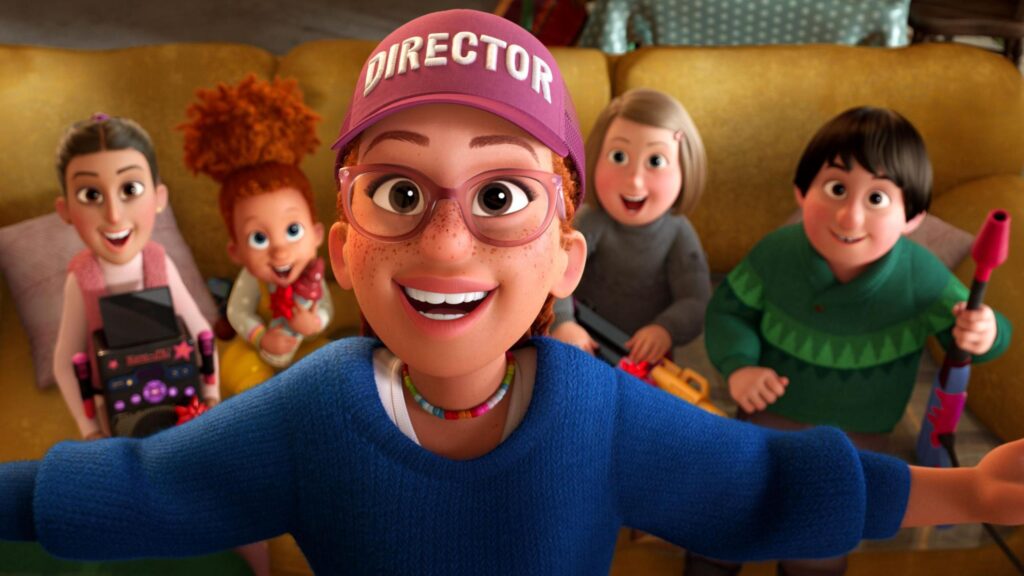
The old-fashioned emotional touches in the story and contemporary cozy look are both appealing, making this Christmas one to remember. Watching “That Christmas” is as comforting as a cup of hot cocoa with a plate of Christmas cookies. In fact, that may be the best way to see it, along with snuggling up with a throw.
“That Christmas” is a 2024 animated comedy directed by Simon Otto and starring (voice-over work) Brian Cox, Bill Nighy, Fiona Shaw, Jodie Whittaker, Jack Wisniewski, Sienna Sayer, India Brown, Zazie Hayhurst, Rhys Darby, Lolly Adefope, Guz Khan, and Bronte Smith. It is rated: PG for thematic elements, some language and rude humor. It began streaming on Netflix Dec. 4. Lynn’s Grade: B+
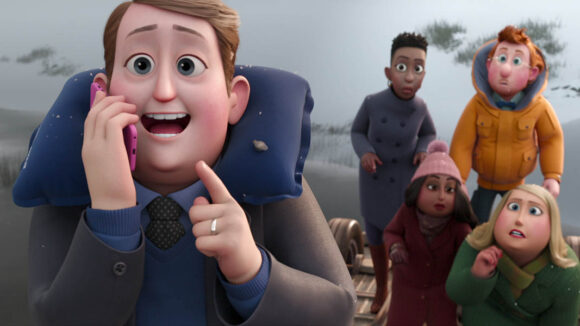

Lynn (Zipfel) Venhaus has had a continuous byline in St. Louis metro region publications since 1978. She writes features and news for Belleville News-Democrat and contributes to St. Louis magazine and other publications.
She is a Rotten Tomatoes-approved film critic, currently reviews films for Webster-Kirkwood Times and KTRS Radio, covers entertainment for PopLifeSTL.com and co-hosts podcast PopLifeSTL.com…Presents.
She is a member of Critics Choice Association, where she serves on the women’s and marketing committees; Alliance of Women Film Journalists; and on the board of the St. Louis Film Critics Association. She is a founding and board member of the St. Louis Theater Circle.
She is retired from teaching journalism/media as an adjunct college instructor.


